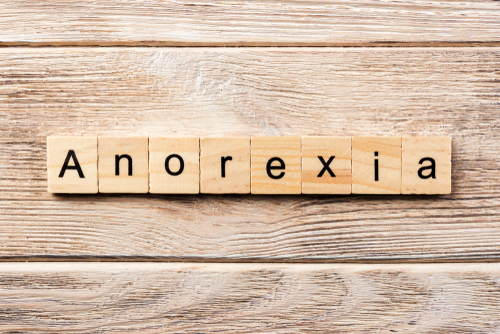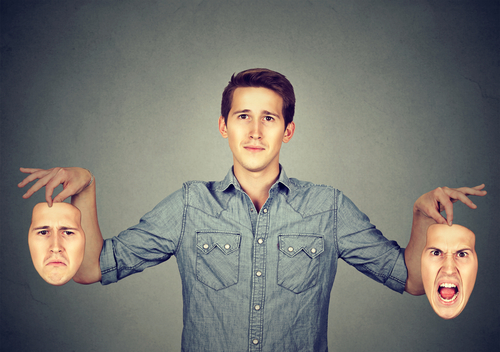
Talkspace explains couples therapy as “a type of psychotherapy in which a therapist with clinical experience working with couples, most often a Licensed Marriage and Family Therapist (LMFT), helps two people involved in a romantic relationship gain insight into their relationship, resolve conflict and improve relationship satisfaction utilizing a variety of therapeutic interventions.” There are many components of couples therapy, and each is intended to markedly contribute to assisting a couple achieve their relationship goals. The work that occurs during couples counseling sessions is entirely guided by the needs of the couple.
Couples Therapy Worksheets
Couples therapy worksheets can be a useful and effective tool, provided both parties are committed, honest, and willing to put in the needed effort. Couples therapy worksheets generally prompt uncomfortable topics. In order for them to work, it is important to carve out ample time to spend on thoughtfully completing the worksheets. While a couple’s counselor may assign couples therapy worksheets, there are also many online resources available, should a couple wish to begin tackling couples therapy worksheets on their own. Feel free to check out any of the following couple therapy worksheet resources:
- Relationship evaluation checklist worksheet: completing a relationship evaluation checklist is an excellent worksheet to begin with as it can serve as a diagnostic test as well as help both parties understand the current state of their relationship. It is a relatively simply worksheet that requires yes or no answers to a variety of questions. Once both parties have independently completed this worksheet, the couple can compare answers and go on to develop relevant goals based on their findings.
- Boundaries worksheets: completing a boundary worksheet can help provide a framework for broaching the topic of boundaries within one’s relationship, and create space for each party to advocate for their respective needs and comfort levels.
- Communication worksheets: communication worksheets can help couples discover effective communication skills. For example, the assertive communication worksheet addresses traits of assertive communication (e.g. confident body language, listening to others without interrupting, holding eye contact, etc.), provides tips, and offers hypothetical scenarios to practice assertive communication skills.
- Conflict resolution worksheets: effectively navigating conflict is an essential life skill, and for some cultivating this skill does not come easily. Unlike many of the other worksheets that are formatted akin to a questionnaire, relationship conflict resolution worksheets typically provide a list of appropriate conflict resolution skills.
There are specific couples therapy worksheets that can, respectively, help couples navigate a plethora of common relationship obstacles.
Why Do Couples Therapy Worksheets?
Couples therapy worksheets provide an alternative means of processing, communicating, and expressing the information touched upon during therapy sessions. They can provide each party with an additional platform to express his or her feelings surrounding a certain topic addressed in or out of a couples therapy session. Although the specific reasons why a couple decide to attend couples therapy is distinct to the couple, by nature of attending every couple that participates in couples therapy has made the choice to actively work on their relationship. This work can take on many forms, one of which could be completing couples therapy worksheets. The worksheets that are assigned by a providing clinician are done so purposefully and are intended to help address the needs and achieve the goals of the couple.
Disclaimer:
The information above is provided for the use of informational purposes only. The above content is not to be substituted for professional advice, diagnosis, or treatment, as in no way is it intended as an attempt to practice medicine, give specific medical advice, including, without limitation, advice concerning the topic of mental health. As such, please do not use any material provided above as a means to disregard professional advice or delay seeking treatment.









